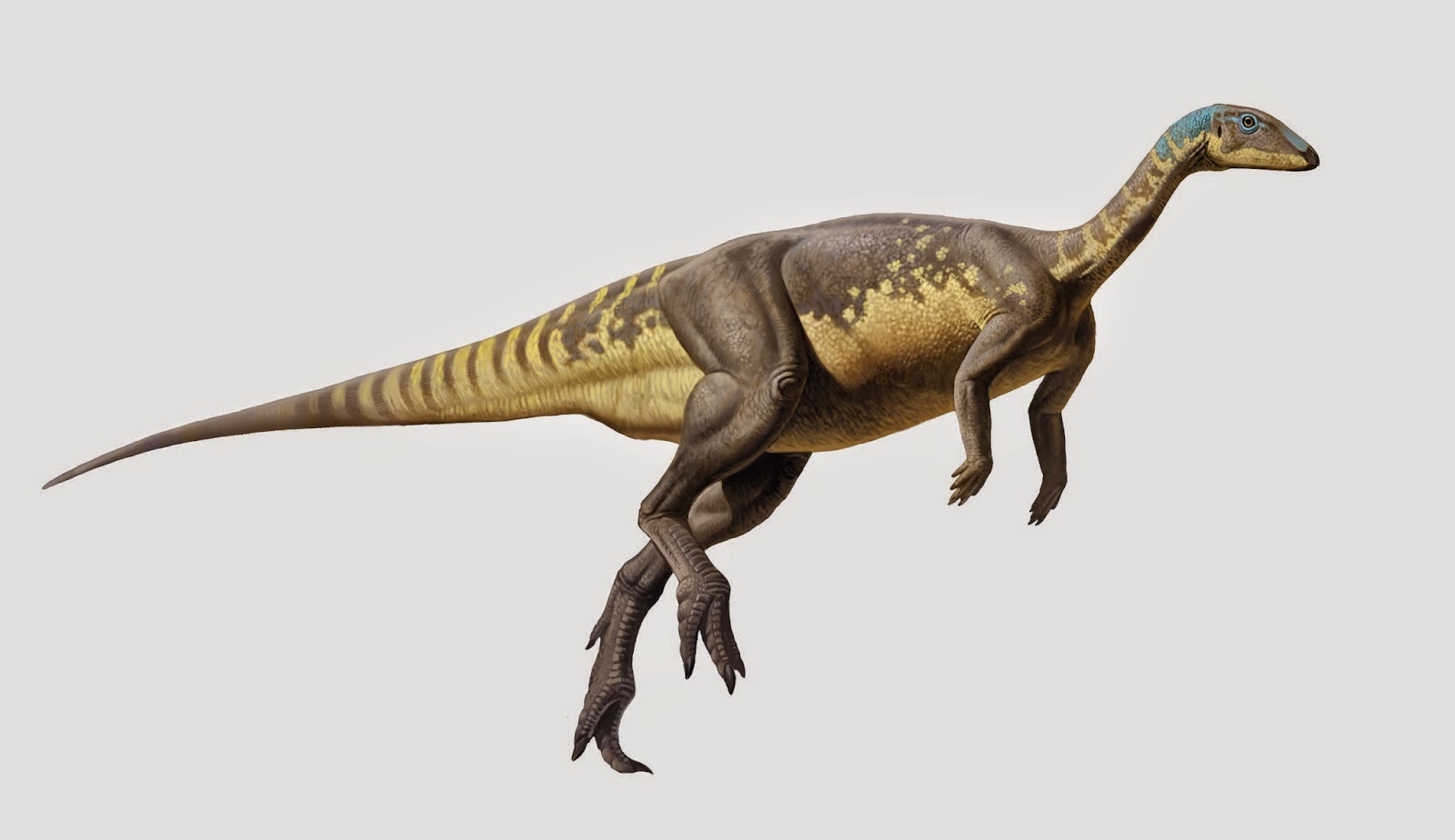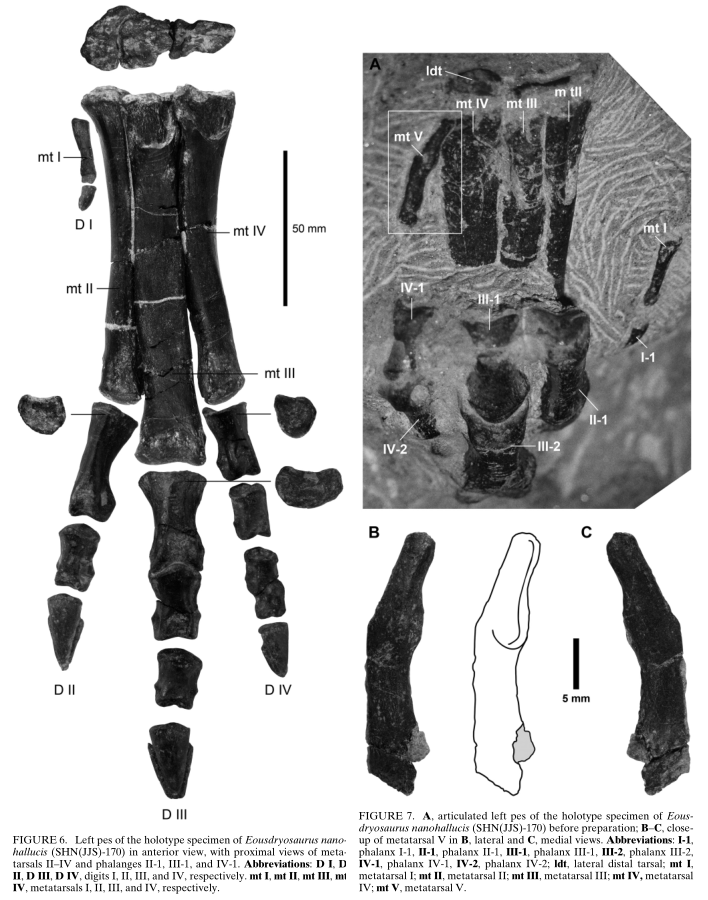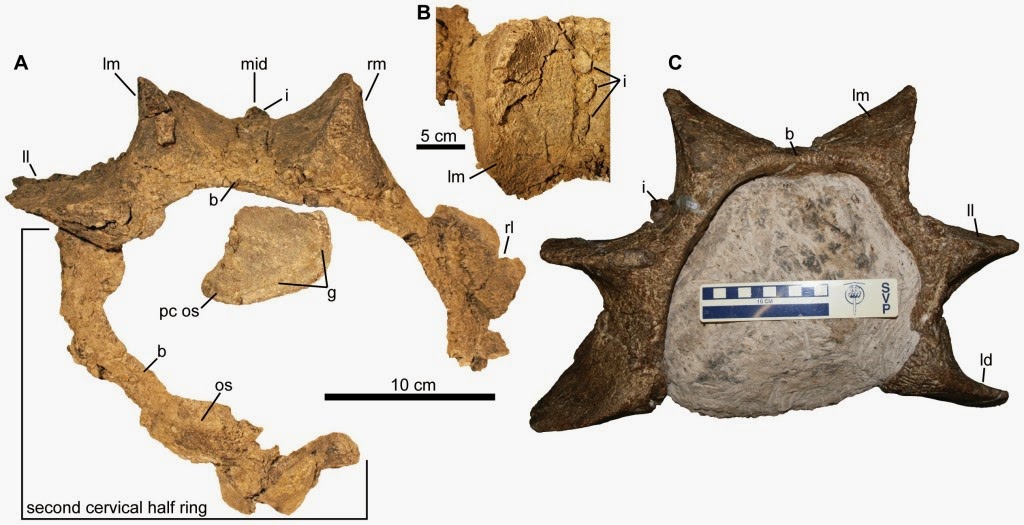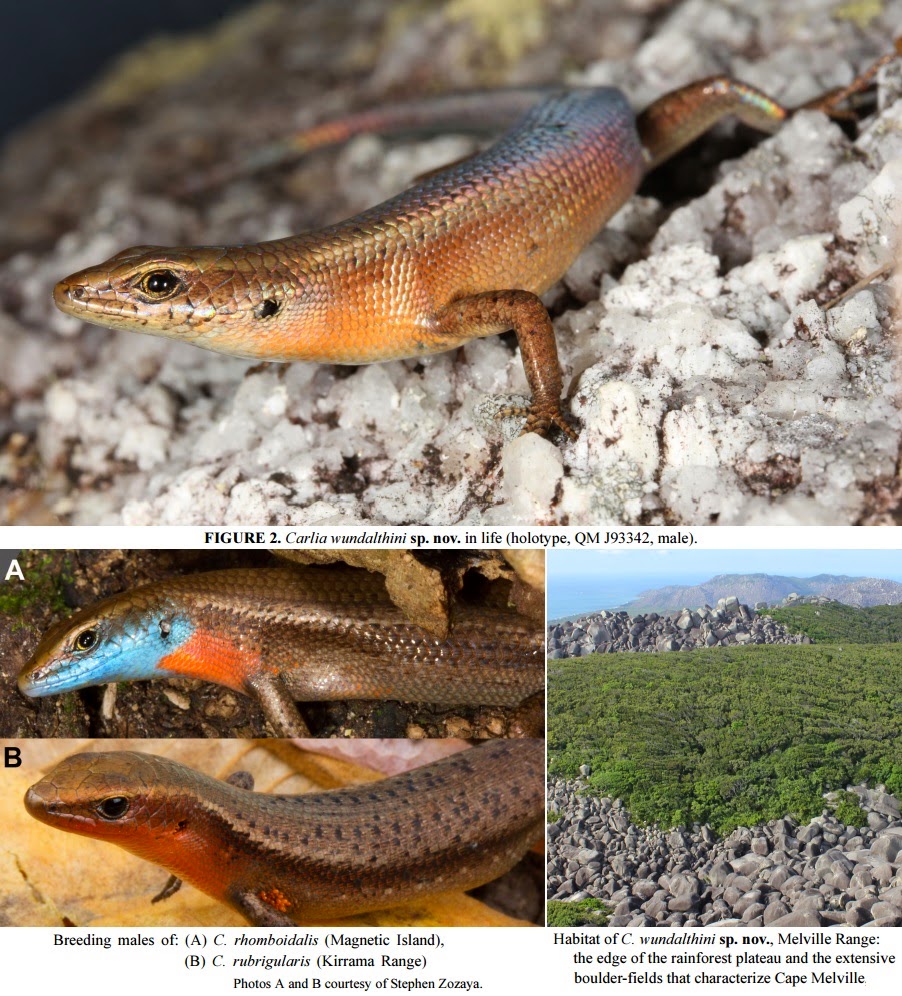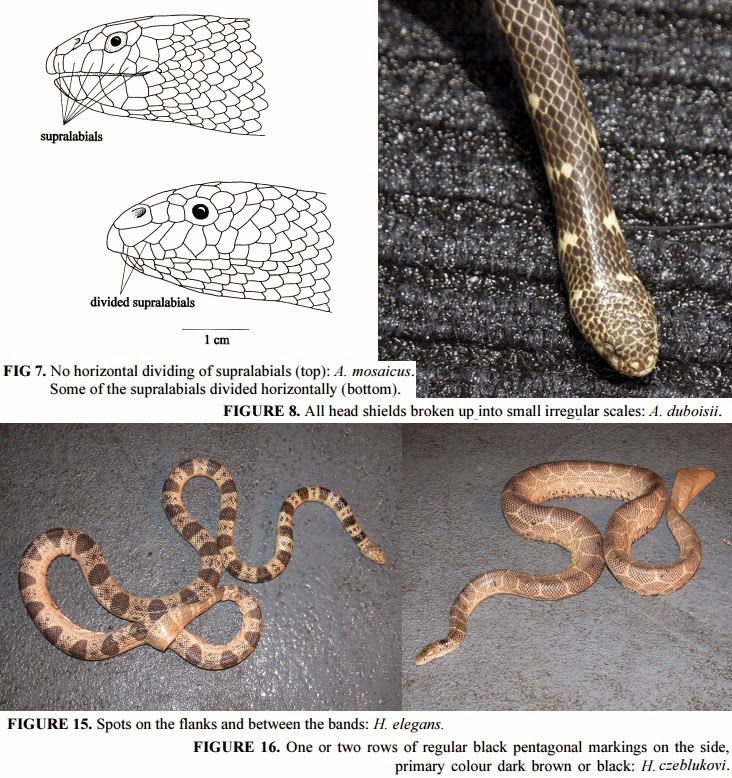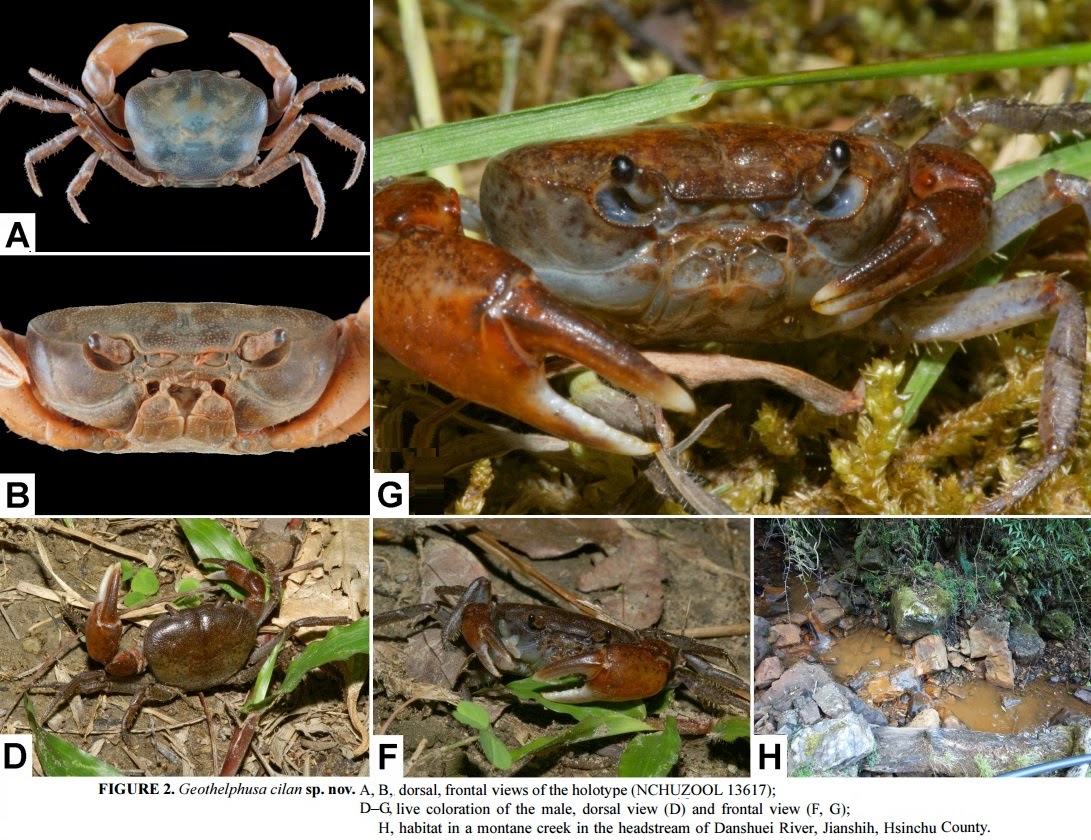| Trimeresurus gunaleni spec. nov. Fig. 3A. Live adult female Holotype | Fig. 4B. Live male from Mt. Sibayak, ca. 1,800 m a.s.l., west of Brastagi, Sumatera Utara Province, Sumatra Photos: G. Vogel | amphibian-reptile-conservation.org |
Abstract
Variation in morphological characters were investigated among 126 specimens from at least 67 populations covering the whole range of the large pitviper currently known as Trimeresurus sumatranus (Raffles, 1822). The results showed that two distinct taxa are involved. Herein Trimeresurus sumatranus is redefined. In order to fix the status of this species, a neotype is selected and described. Its type locality is restricted to the vicinity of Bengkulu, Bengkulu Province, Sumatra. The second taxon represents a distinct, previously unnamed species, which is described. The new species differs from Trimeresurus sumatranus by a lower number of ventrals in males (162–179 against 178–185) and females (164–171 vs. 175–191); a distinctly longer tail in males (value of the ratio tail length/total length: 0.201–0.210 vs. 0.150–0.168), the color of the tail (see the description), the color of the eyes: green in the new species, vs. dark grey in T. sumatranus, the color of the ventrals, which are green with a pale posterior suture in the new species and pale with dark posterior suture in T. sumatranus. The new species lives in higher elevations than T. sumatranus and seems to be endemic to the higher mountain ranges of western Sumatra.
Key words. Sumatra, West Malaysia, Borneo, Trimeresurus gunaleni spec. nov., Trimeresurus malcolmi, Trimeresurus sumatranus
 |
| Fig. 13. MZB.Ophi.5452 holotype of Trimeresurus gunaleni spec. nov., adult female. Photo: N. Maury. |
Trimeresurus gunaleni Vogel, David & Sidik, 2014
Suggested common names: English: Gunalen’s Pitviper.
Bahasa Indonesia: Ular Hijau Gunung.
Bahasa Indonesia: Ular Hijau Gunung.
Karo: Nipe Ratah. Padang (Minang): Ular Ijo Babiso. French: Trimérésure de Gunalen. German: Gunalen’s Grubenotter.
Etymology: The specific nomen is dedicated to Mr. Danny Gunalen, who was the first to find the species alive and who greatly supported the work resulting in the description of this new species.
Distribution: Indonesia; Sumatra. Endemic; Trimeresurus gunaleni spec. nov. is known only from two provinces: Sumatera Barat (Solok and Padang Mountains) and Sumatera Utara (Mt. Sibayak, Mt. Sinabung and Mt. Singkut near Berastagi).
This species can be expected in higher elevations all over the mountainous areas of Sumatra.
Natural History: Trimeresurus gunaleni spec. nov. inhabits regions typically covered with tropical moist montane forests, from 1,500 m to as high as at least 2,000 m, perhaps as much as 2,200 m, where it has been observed by local insect collectors (Figs. 15 and 16). There is no record of populations lower than 1,500 m. On Mount Sibayak, Danny Gunalen collected specimens of Trimeresurus hageni at elevation of 500 m, and Tropidolaemus wagleri at 200 m. Trimeresurus gunaleni is clearly isolated as a high montane dweller.
....
These species or complexes of pitvipers show the close zoogeographic relationships of the islands of Borneo and Sumatra with Peninsular Malaysia. Furthermore, it can also be seen that Sumatra is split into a northern and a southern region, with the larger northern region closely connected to Western Malaysia and Borneo, and the smaller southern region connected with Java. The limit between these two regions seems to be located between Padang and Bengkulu. Previously, these species complexes were regarded as widely distributed species, obscuring the zoogeographical relations of these regions. We are not confident that the taxonomy of the genus Trimeresurus is fully resolved and previously mentioned taxa might still prove to be endemic for one of the regions.
The finding of such a large and venomous pitviper as T. gunaleni spec. nov. in a group that was supposed to be well known is quite surprising. It is hard to understand that it was overlooked for such a long time despite thefact that the three specimens in the collection of Vienna have been available for a long time (collected 1899) and were already examined by other groups of herpetologists. The mountainous areas of Sumatra are still very incompletely known and further research in these areas is highly desirable.
Gernot Vogel, Patrick David and Irvan Sidik. 2014. On Trimeresurus sumatranus (Raffles, 1822), with the Designation of A Neotype and the Description of A New Species of Pitviper from Sumatra (Squamata: Viperidae: Crotalinae).
Amphibian & Reptile Conservation 8(2) [General Issue]: 1–29 (e80).
Amphibian & Reptile Conservation 8(2) [General Issue]: 1–29 (e80).




